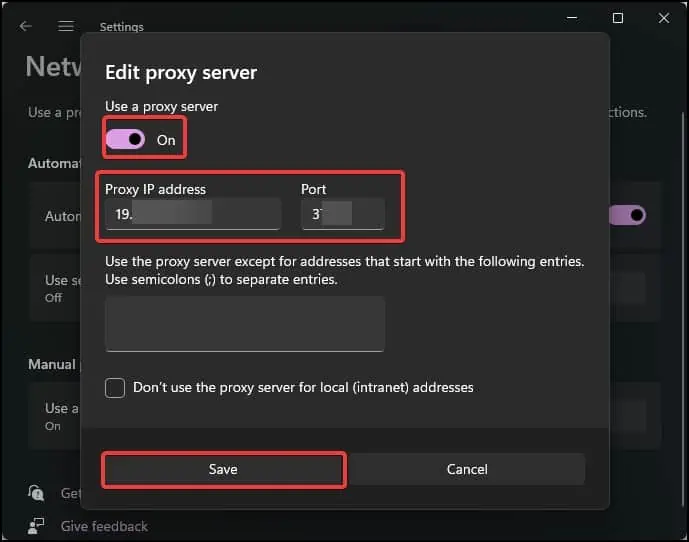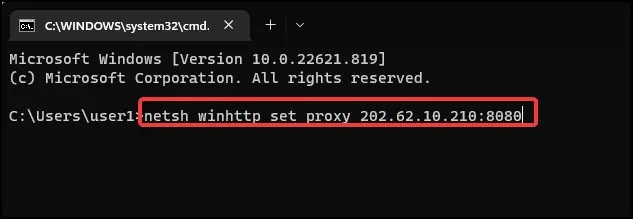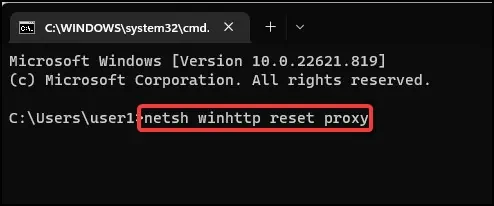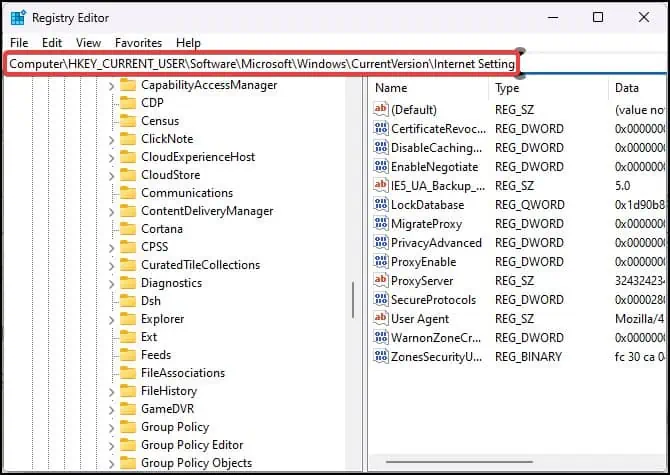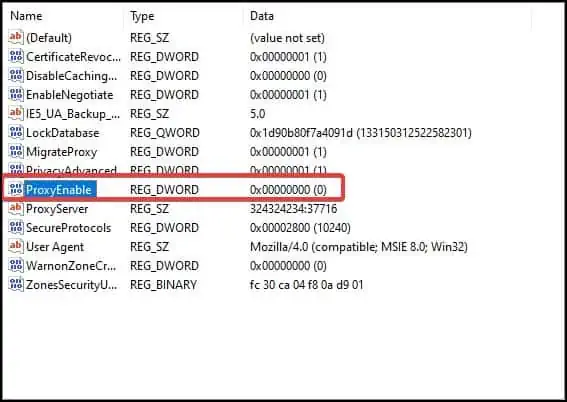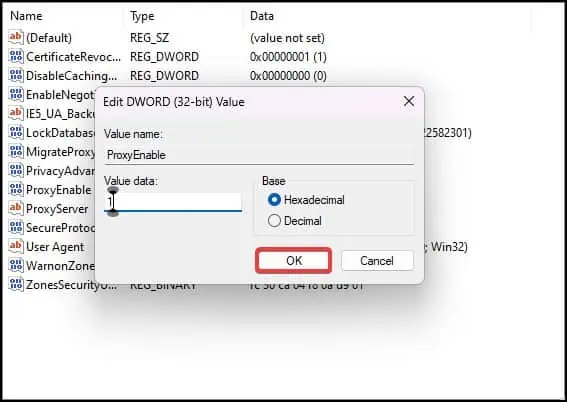A Proxy server acts as a mediator between the server and the client. It receives the requests from the client and forwards these on the client’s behalf to the server.
Windows, by default, enables automatic proxy detection. However, users can also set up their preferred proxy server manually if the proxy address and port are known.
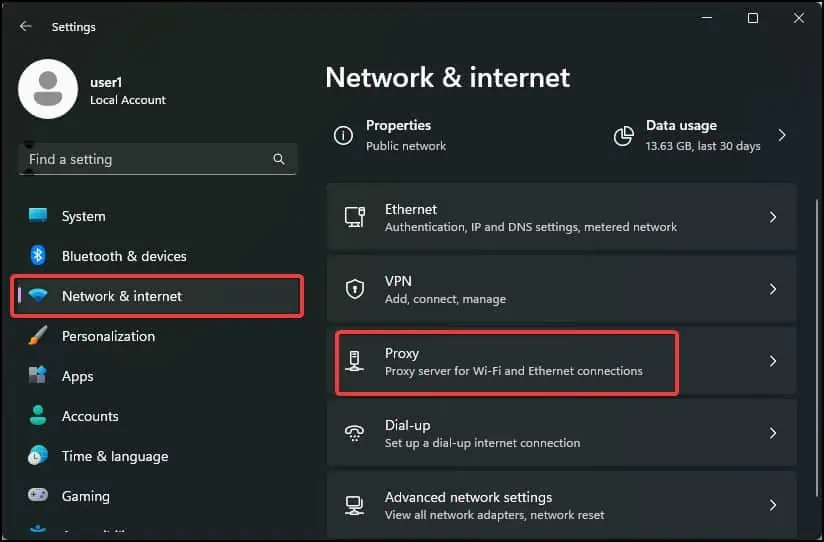
You would prefer touse proxy serverson Windows to enhance the privacy and security of the network. It also compresses incoming requests over the network and saves bandwidth.
Using Automatically Detect Settings
The automatic detection works on the standard known as the Web Proxy Auto-discovery (WPAD). This protocol locates the Proxy Autoconfiguration file (PAC).
If the configuration file is located, it can be used to automatically set the proxy settings. To use this feature on Windows, you must enable automatic proxy detection.
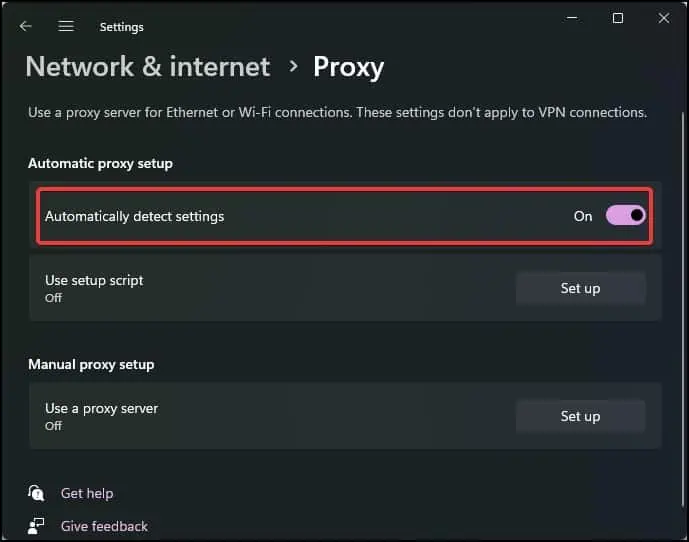
Using Setup Script
If you are well aware of the proxy script, you can use it to set the proxy server on your Windows device. This script guides the request through the proxy server or connects it directly to the destination. Setting up a proxy script can be helpful if theautomatic proxy detection does not work.
Manually Setting Up Proxy Server
You can even set up the proxy server manually on Windows with the proxy server’s IP address and port.
This can also be doneusing the command prompt
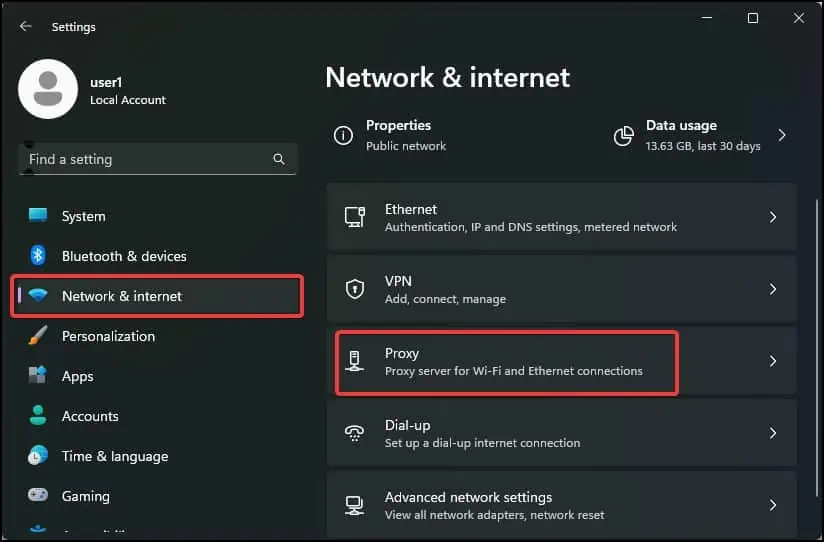
For instance, if the proxy server is202.62.10.210and the port is8080,netsh winhttp set proxy 202.62.10.210:8080
Toreset the Proxy settings, you can also use this command line.netsh winhttp reset proxy
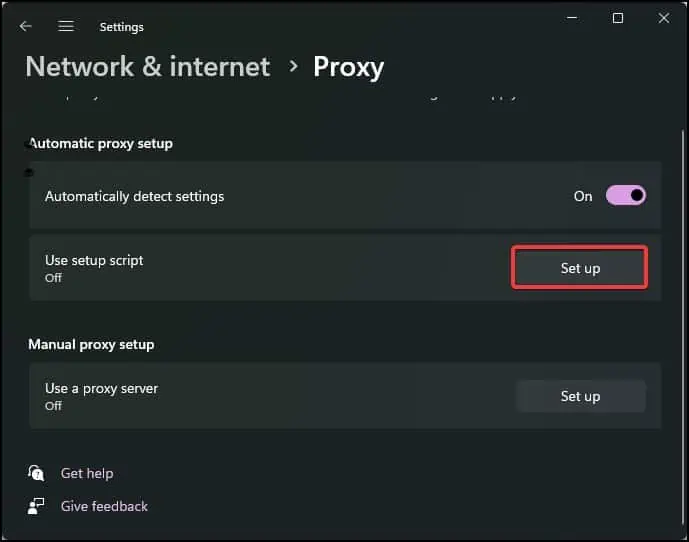
By Configuring Proxy Settings from the Registry
The manual proxy server configurations can also be done through the Registry. This will work if the network settings are not accessible or you have to force set up the proxy server on the device.
By Configuring Proxy Settings for LAN
On the devices where the proxy settings cannot be configured from the Windows settings, it can also be accessed through Internet Properties.
You may also configure the proxy server by clicking the advanced button under the Proxy server section.

You can set up up to four different proxy servers from this section.
Enter the proxy addresses, then ports in the respective field. If you don’t want to use a specific proxy, you can set exceptions too from the Exceptions section.
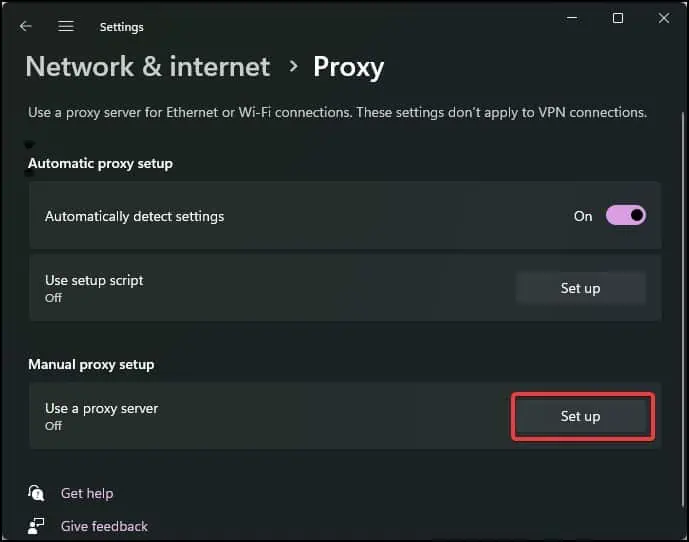
By Configuring Proxy Settings On Browsers
Most browsers do not have their native built-in proxy settings that users can configure. Rather they make use of the proxy set by Windows. Google Chrome, Microsoft Edge, and Opera all fall into this category.
One exception to this is Mozilla Firefox, which has its own proxy settings. Firefox offers auto and manual proxy configuration options to the users.
